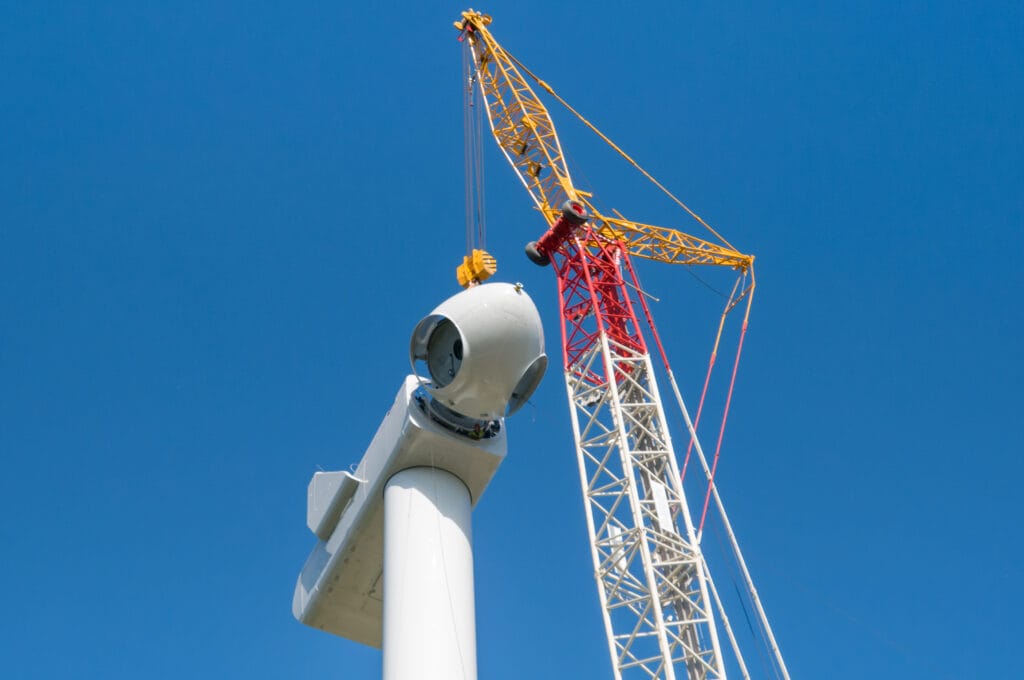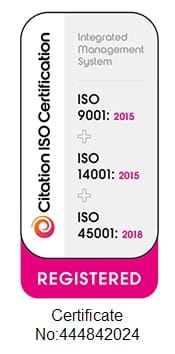APPOINTED PERSONS FOR LIFTING OPERATIONS

An Appointed Person for Lifting Operations in the Renewable Energy Wind Industry is a specialised role responsible for ensuring the safe and efficient execution of all lifting and hoisting activities associated with the installation, maintenance, and decommissioning of wind turbines and related infrastructure in onshore and offshore wind farms. This role is vital in preventing accidents, ensuring regulatory compliance, and maintaining the integrity of critical equipment and structures.
An Appointed Person for Lifting Operations in the Renewable Energy Wind Industry plays a critical role in ensuring the safe and efficient execution of all lifting and hoisting operations associated with wind turbine installation, maintenance, and decommissioning. This position is crucial for maintaining the safety and success of wind energy projects while adhering to industry-specific standards and regulations.
Safety Leadership: Prioritise and enforce safety as the top priority in all lifting and hoisting operations, ensuring that all team members adhere to safety protocols and procedures.
Lifting Plans: Collaborate with engineering, construction, and maintenance teams to develop comprehensive lifting plans for each specific task. These plans should include load calculations, equipment selection, rigging configurations, and risk assessments.
Equipment Inspection: Conduct thorough inspections of all lifting equipment, including cranes, hoists, slings, shackles, and other hardware, to verify their condition and functionality.
Operational Coordination: Oversee and coordinate all lifting activities, including equipment setup, positioning, and load attachment, to ensure safe and efficient execution according to approved lifting plans.
Documentation: Maintain detailed records of all lifting operations, including lift plans, equipment inspection reports, safety permits, and incident reports. Ensure that all documentation complies with regulatory requirements.
Risk Management: Identify potential risks associated with lifting operations, such as adverse weather conditions, equipment malfunctions, or human errors, and develop mitigation strategies to minimise these risks.
Emergency Response: Develop and implement emergency response plans for potential incidents during lifting operations. Be prepared to manage rescue and evacuation procedures as needed.
Regulatory Compliance: Ensure that all lifting operations adhere to relevant industry-specific safety standards, including those established by organisations such as the Global Wind Organisation (GWO), and comply with local regulations.
Communication: Maintain effective communication with crane operators, rigging teams, and other personnel involved in lifting operations. Ensure that everyone understands their roles and responsibilities.
Technical Expertise: Stay updated with the latest developments in lifting and rigging techniques, crane operation, and wind farm equipment to provide guidance and solutions for lifting challenges.
Quality Control: Conduct post-lift inspections to confirm that loads are correctly positioned, secured, and in compliance with project specifications.
Training and Certification: Ensure that all personnel involved in lifting operations receive proper training and certification in accordance with industry standards and regulations.
Education: A high school diploma or equivalent is typically required. Specialised training and certification in lifting and hoisting operations, safety, or a related field are highly recommended.
Certifications: Relevant certifications such as Appointed Person for Lifting Operations Certification, Crane Operator Certification, and safety certifications (e.g., GWO, OSHA) are often required.
Experience: Several years of experience in lifting and hoisting operations, preferably in the wind energy industry, construction, or a similar field.
Technical Knowledge: Profound knowledge of lifting equipment, rigging techniques, load calculations, and wind farm safety protocols.
Safety Orientation: A strong commitment to safety with a proven track record of adhering to safety standards and promoting a safe work environment.
Problem-Solving: Strong problem-solving skills to address technical challenges and make quick decisions during lifting operations.
Communication: Effective verbal and written communication skills to convey instructions, coordinate activities, and provide clear documentation.
Teamwork: The ability to work collaboratively with crane operators, rigging teams, and other personnel involved in lifting operations.
Physical Fitness: Good physical fitness and stamina are important, as lifting operations can be physically demanding.
CONTACT RELO WIND
We are dedicated to be the premier source of skilled personnel and exceptional teams, driving successful growth for our clients and partners. We are committed to delivering the talent and expertise needed to fuel achievement, innovation, and lasting success together.

